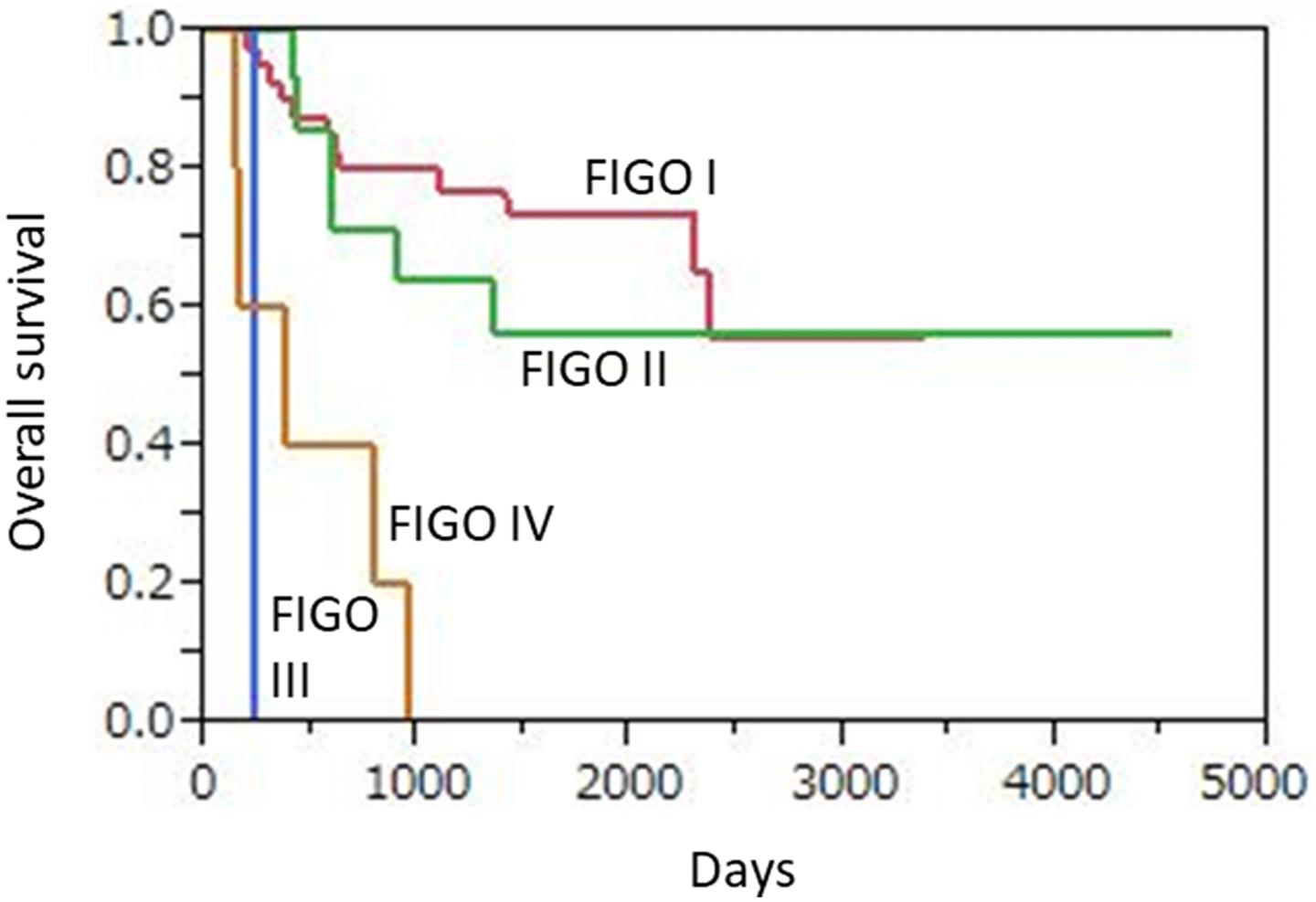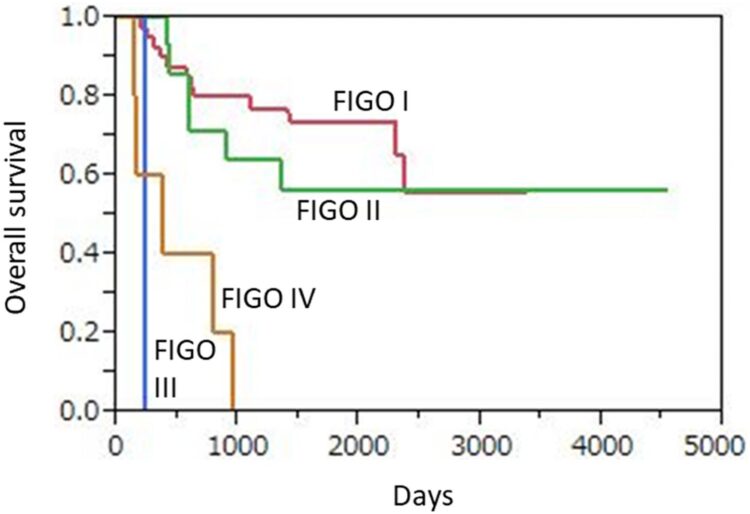“The Oncotarget author’s findings show that MRI is reliable for T staging of cervical NEC”

Credit: Correspondence to – Kazuhiro Kitajima – [email protected]
Oncotarget recently published “Neuroendocrine carcinoma of uterine cervix findings shown by MRI for staging and survival analysis – Japan multicenter study” which reported that to investigate neuroendocrine carcinoma of the uterine cervix cases for MRI features and staging, as well as pathological correlations and survival.
In 50 patients who underwent a radical hysterectomy and lymphadenectomy without neoadjuvant chemotherapy, intrapelvic T staging by MRI overall accuracy was 88.0% with reference to pathology staging, while patient-based sensitivity, specificity, and accuracy for metastatic pelvic lymph node detection was 38.5%, 100%, and 83.3%, respectively.
Three-year progression-free and overall survival rates for FIGO I, II, III, and IV were 64.3% and 80.9%, 50% and 64.3%, 0% and 0%, and 0% and 0%, respectively.
Sixty-two patients with histologically surgery-proven uterine cervical NEC were enrolled.
The Oncotarget author’s findings show that MRI is reliable for T staging of cervical NEC.
“The Oncotarget author’s findings show that MRI is reliable for T staging of cervical NEC”
Dr. Kazuhiro Kitajima from The Department of Radiology at The Hyogo College of Medicine said, “Neuroendocrine carcinomas (NECs) of the female genital tract are aggressive uncommon tumors that usually involve the uterine cervix and ovaries, though are very rarely seen in the endometrium.“
According to the World Health Organization classification, neuroendocrine tumors in the uterine cervix are categorized into 4 categories; typical carcinoid, atypical carcinoid, small cell neuroendocrine carcinoma, and large cell neuroendocrine carcinoma.
Cervical NEC has a higher frequency of lymphovascular invasion, lymphatic and distal metastasis, and recurrence as compared to other subtypes of uterine cervical malignancies, e. g., squamous cell carcinoma and adenocarcinoma.
However, findings obtained in smear and cervical biopsy analyses are insensitive and inconclusive for diagnosis of cervical NEC in some patients, due to limited sample size or tumor heterogeneity.
To the best of these researcher’s knowledge, 2 different reports have been presented that include discussion of MRI characteristics of uterine cervical SCNEC, with a small number of patients in each, while no known reports discussing MRI findings of cervical LCNEC are available.
The aim of this study was to identify the distinct features and staging accuracy of uterine cervical NEC, including SCNEC and LCNEC, using MRI, as well as pathological correlations.
The Kitajima Research Team concluded in their Oncotarget Research Paper that NEC of the uterine cervix is rare and affected patients have a poor prognosis, especially advanced stage cases.
A definitive diagnosis based on preoperative MRI results seems to be difficult. Nevertheless, the present as well as other previous findings indicate that a homogeneous lesion texture with an obvious restricted diffusion throughout the tumor are suggestive of uterine cervical NEC.
Furthermore, they found pelvic MRI to provide reliable imaging findings for T staging in these patients.
Sign up for free Altmetric alerts about this article
DOI – https:/
Full text – https:/
Correspondence to – Kazuhiro Kitajima – [email protected]
Keywords –
cervical cancer,
neuroendocrine carcinoma,
small cell carcinoma,
large cell carcinoma,
MRI
About Oncotarget
Oncotarget is a biweekly, peer-reviewed, open access biomedical journal covering research on all aspects of oncology.
To learn more about Oncotarget, please visit https:/
SoundCloud – https:/
Facebook – https:/
Twitter – https:/
LinkedIn – https:/
Pinterest – https:/
Reddit – https:/
Oncotarget is published by Impact Journals, LLC please visit http://www.
Media Contact
@RYANJAMESJESSUP
[email protected]
Original Source
https:/
Related Journal Article
http://dx.





